Japan will forge ahead with innovative research and development to solve global environmental problems.
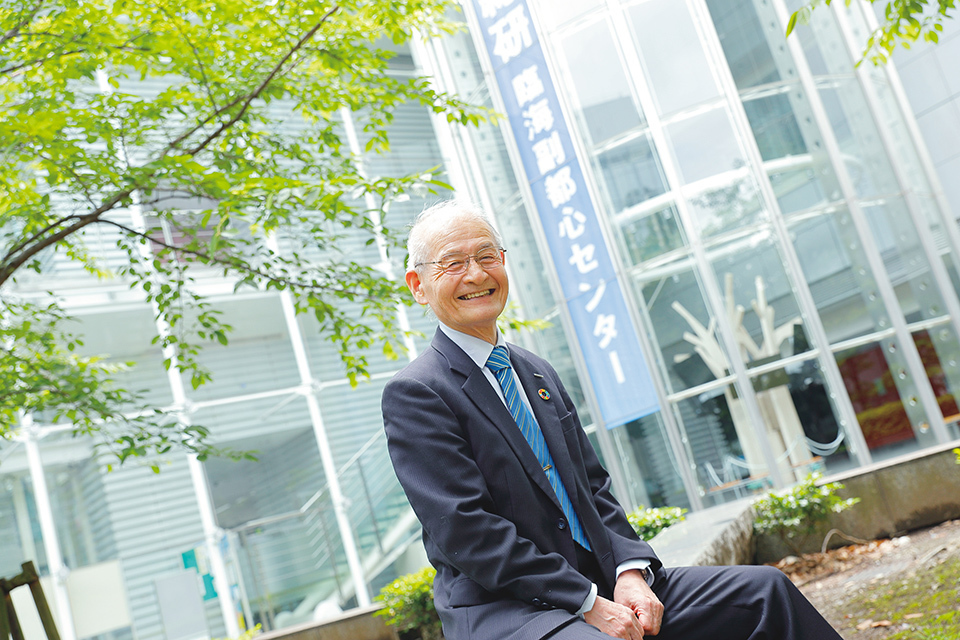
Dr. YOSHINO Akira, director of the Global Zero Emission Research Center (GZR), is driving innovation toward solutions to global problems.
In an October 2020 policy speech, Prime Minister SUGA Yoshihide declared that Japan will aim to reduce nationwide greenhouse gas emissions to net-zero to realize a carbon-neutral society. He further stated that addressing climate change is not a constraint on economic growth and that proactive climate change measures will lead to major economic growth for the country. Based on this conception, which brings a paradigm shift at the mindset level, Japan will do its utmost to realize a green society.
The key to achieving this ambitious goal is to further roll out innovative technologies, so Japan will encourage accelerated research and development toward realizing the utilization of such technologies. The Global Zero Emission Research Center (GZR), established by the National Institute of Advanced Industrial Science and Technology in January 2020, will play a central role in that effort. The GZR brings together numerous research projects related to the environment and energy technologies to enhance them by generating synergies among them, while leading cutting-edge research in cooperation with laboratories around the world.
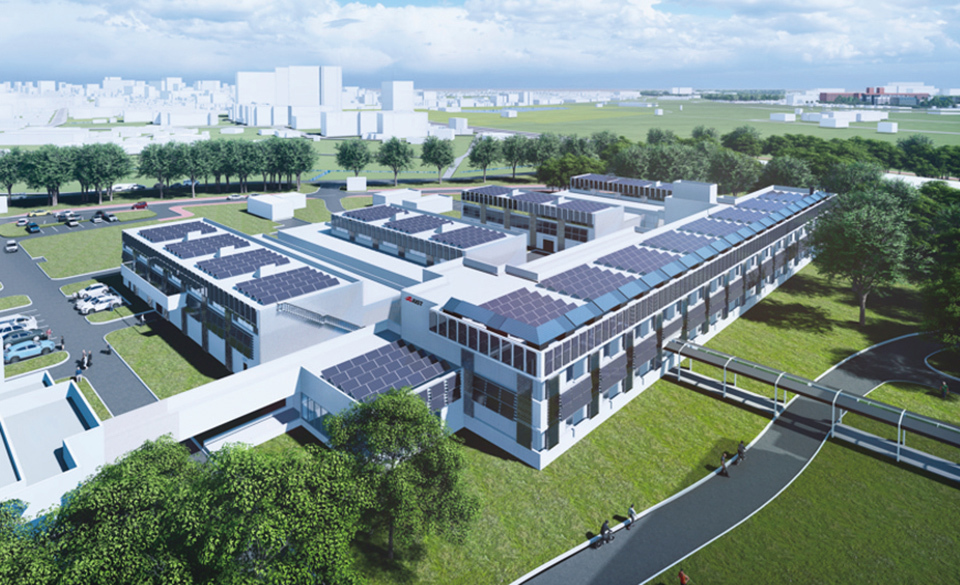
The GZR’s new research facilities, slated for completion in March 2021, will become a center of Japanese innovation in the field of the environment and energy technologies.
The director of the GZR is Dr. YOSHINO Akira, the 2019 winner of the Nobel Prize in Chemistry, who has been hailed for his many accomplishments, particularly his pioneering research into lithium-ion batteries. Dr. Yoshino expresses his enthusiasm when saying, “Japan has long made progress with many research projects on zero-emission technology. I want to bring these research topics together at the GZR to turn the institute into a national and international hub for research on zero-emission technology.”
One of the most important research topics at the GZR is next-generation solar cells, the technology for which Japan has been a leader in terms of research and development. For example, Japan has enabled the production of ultra-lightweight solar panels by using a thin film made from perovskite, a new material. In addition, the GZR has been developing multi-junction (tandem) solar cells consisting of layered materials, which boast vastly better conversion efficiency than conventional cells, allowing for more power generation in a smaller space. If those technologies are made feasible, they would facilitate installation in locations where placing conventional solar cells has traditionally posed a challenge, such as the walls of buildings or the roofs of factories or warehouses that cannot support heavy loads. Furthermore, the cells are expected to have an even wider range of usage, including being installed in vehicles and used as power sources for IoT devices such as stand-alone sensors. By developing various technologies, the GZR is exploring further possibilities for solar cells and working to expand their adoption.
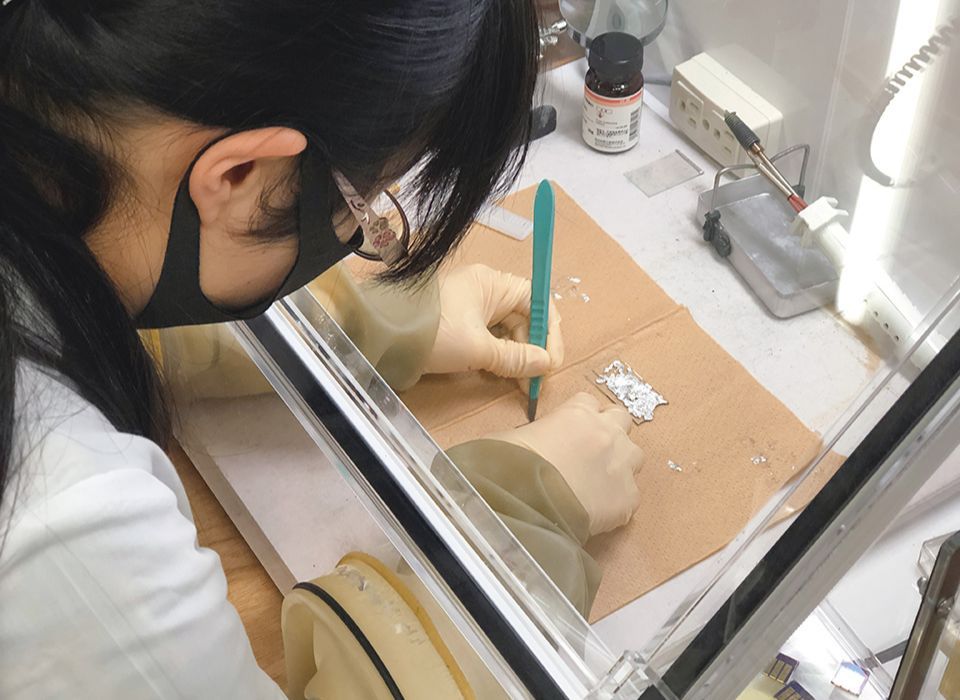
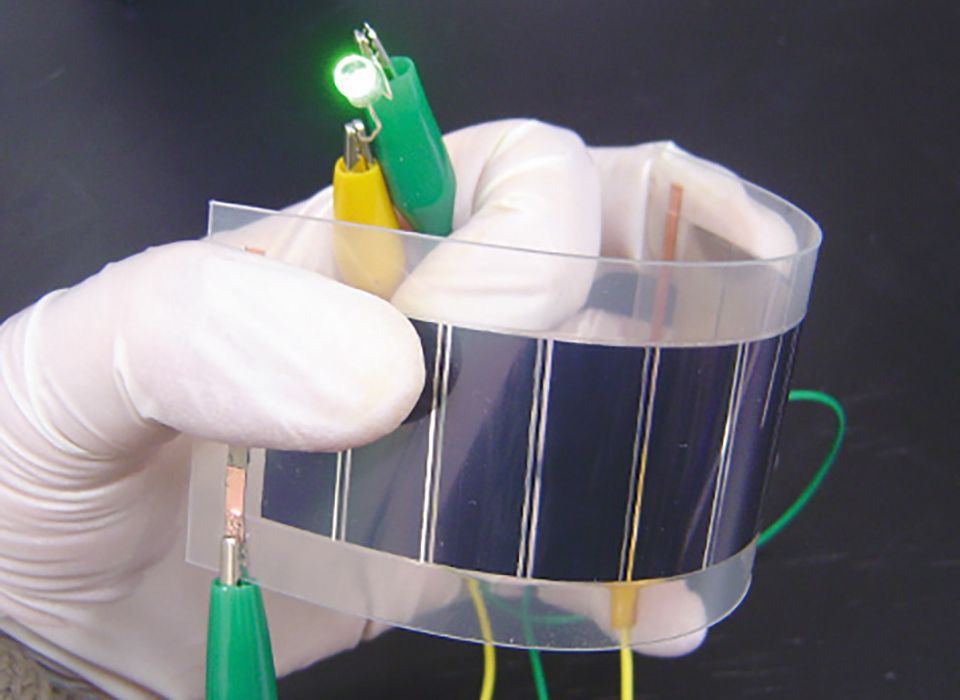
The GZR is also conducting research on solar cells with organic thin films using materials other than perovskite. Since that could enable a solar cell to be produced by simply applying a layer of coating on flexible film, it would allow for power generation on curved surfaces.
Dr. Yoshino says, “Addressing global environmental problems presents a golden business opportunity for creating major brand-new industries. Leading the world in that field and spurring innovation will make a major contribution to Japan’s national interests as well.” Following the new government’s bold policy of advocating a virtuous cycle of the economy and the environment as a pillar of the country’s growth strategy, Japan will contribute to the future of humanity and the Earth.
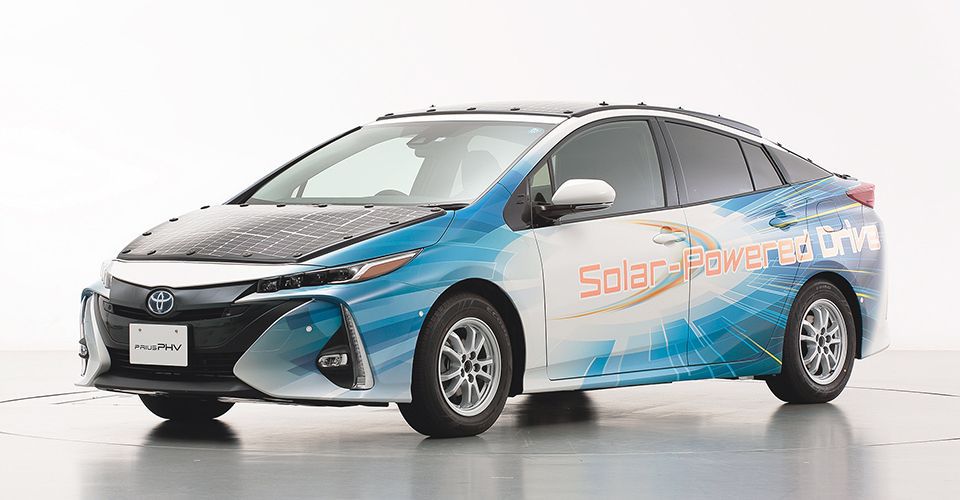
Multi-junction solar cells, which can generate power more efficiently, are expected to be applied in vehicles and elsewhere.































